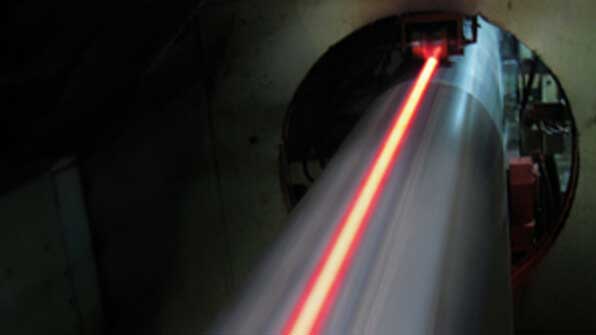 |
Longitudinally Welded Pipes |
OTHER MANUFACTURING PROCESSES
Longitudinally welded pipes are welded along the length of the pipe and can be produced in two ways. Both forms of production offer their own advantages.
The first form of production is that of a roll. The roll is rolled out and folded across the width to form a round shape. The seam is then welded, creating a longitudinal seam along its entire length. This is a continuous process until the roll is unwound and is common for standard diameters and thicknesses. The welding process for these tubes is called Longitudinally Submerged Arc Welded (LSAW).
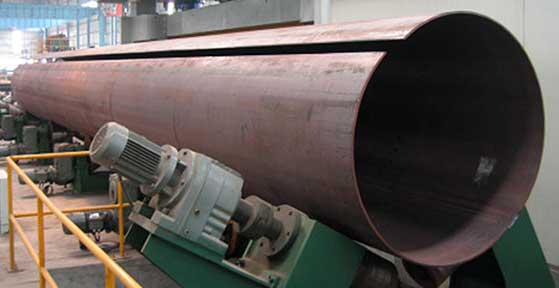
The second form of production is that of a steel plate. This plate is rolled into a pipe shape whose specification exactly fits the customer's project. These pipes are also welded along the length of the pipe and therefore also bear the name longitudinally welded. Individually produced tubes have a limited length and therefore the elements are usually welded together by means of a circular seam.
This method is not limited in diameter and/or thickness and is therefore very suitable for projects with specific dimensions, for example with thick-walled pipes. The welding process for these tubes is called Double-sided Submerged Arc Welding (DSAW).
Longitudinally welded tubes are used for: posts, drilled posts, mooring posts/fenders, jetties.
Pipes welded under powder coating (LSAW) have been used for decades to transport large quantities of hydrocarbons over long distances. When operating conditions require a large wall thickness due to high internal or external pressure, LSAW pipes are usually the most economical solution. Offshore pipelines connect platforms on subsea wells to onshore processing equipment. Environmental and population safety issues place high demands and call upon the responsibility of all agencies involved to do everything possible to ensure safe operation of the pipeline.
Double-dipped arc-welded (DSAW) steel pipe is available in straight and spiral-welded formats and is used in a variety of applications. The submerged welding process protects the steel from contamination by airborne impurities. In the manufacture of Double Submerged Arc Welded Pipe, steel sheets are first formed into cylindrical shapes. Then the edges of the rolled plate are formed so that V-shaped grooves are formed on the inside and outside at the seam location. The pipe seam is then welded to the inside and outside in one pass with an arc welder. The welding arc is immersed in flux.
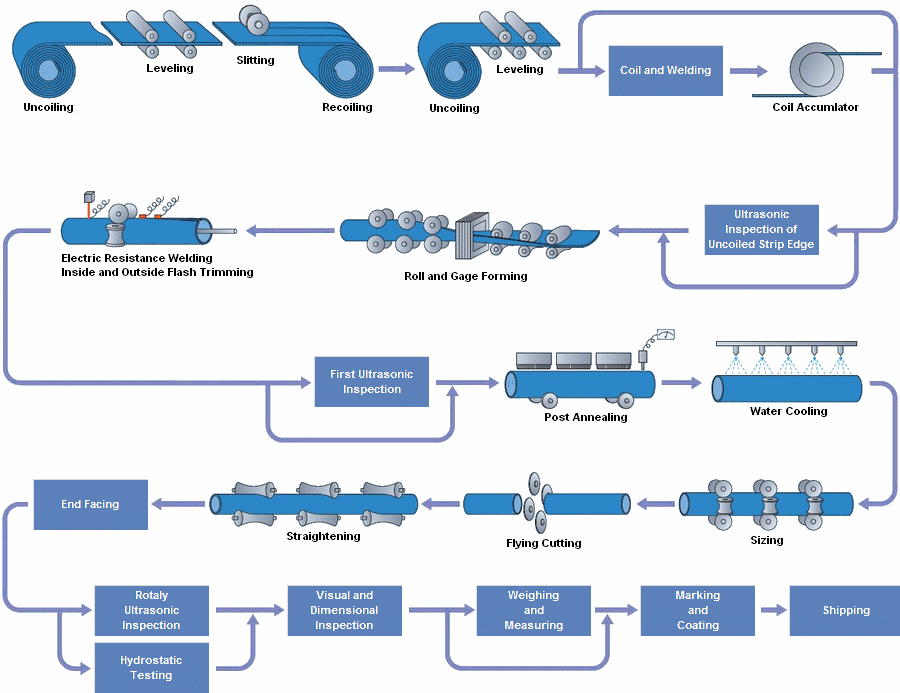
Related Post(s)
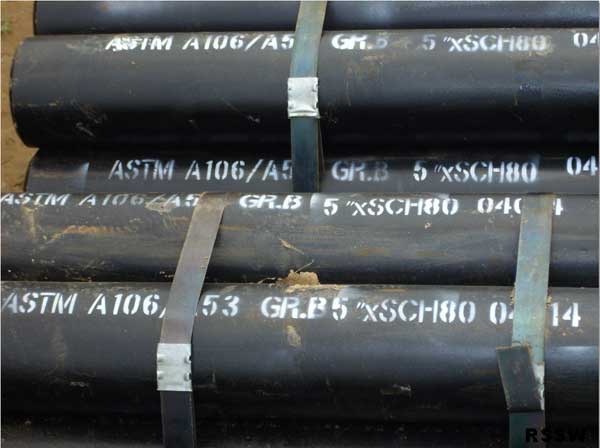
The main seamless pipe manufacturing processes came into being toward the end of the nineteenth century...
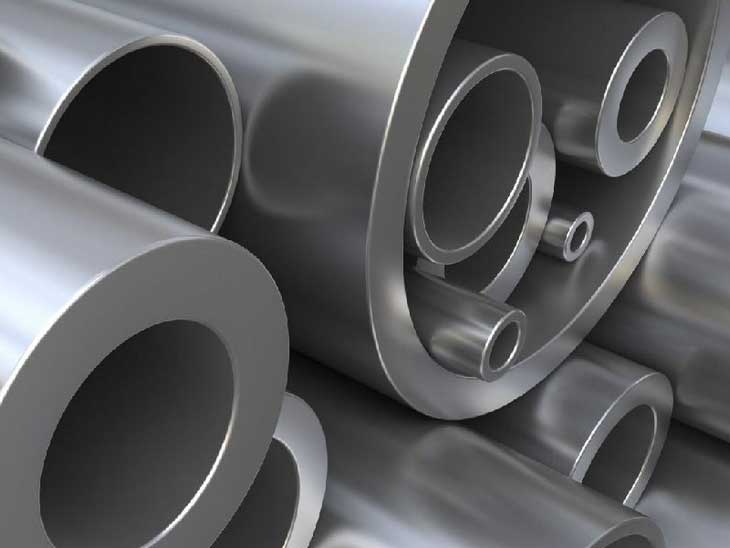
Steel forging is a metal forming process that uses compressive forces and extreme heat to form metal...
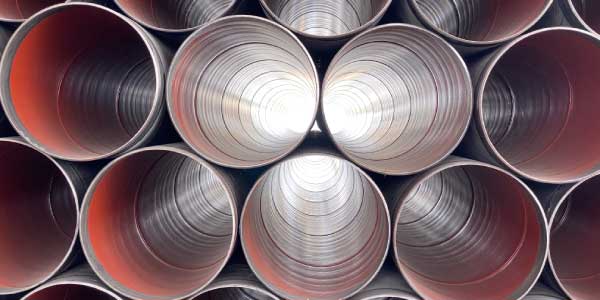
Spiral pipe manufacturing has come a long way in recent decades. Cold bending of a spiral pipe was very difficult in the past, but thanks to better manufacturing processes...
